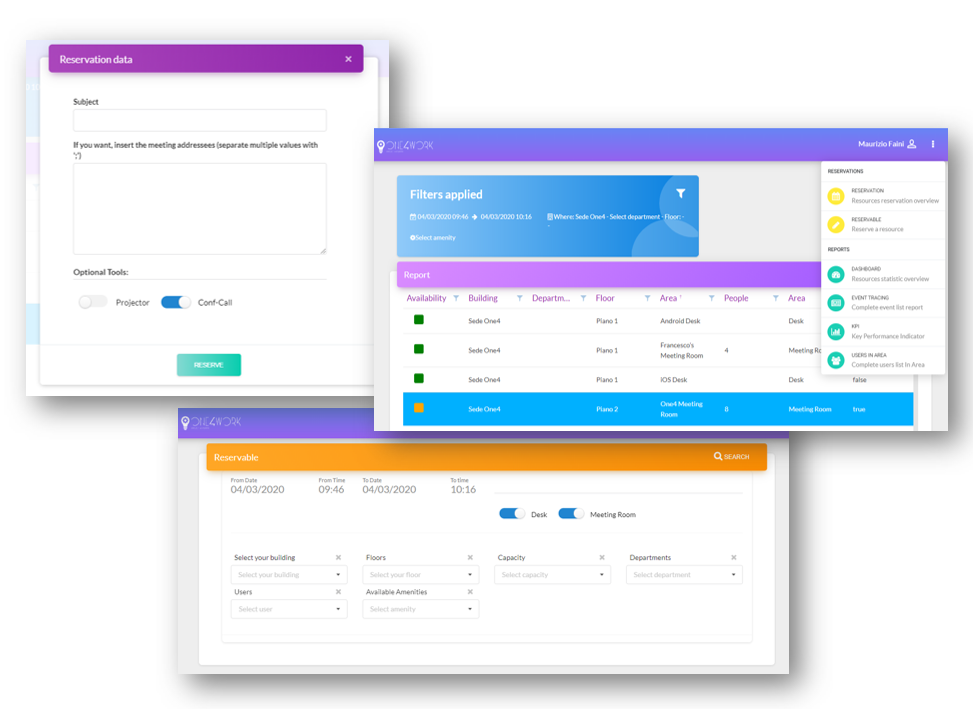SMART BUILDING
A smart building application uses sensors, actuators and microchips, in order to collect data and manage it according to a business’ functions and services. This infrastructure helps owners, operators and facility managers improve asset reliability and performance, which reduces energy use, optimizes how space is used and minimizes the environmental impact of buildings.
At the most fundamental level, smart buildings make occupants more productive with lighting, thermal comfort, air quality, physical security, sanitation and more at lower costs and environmental impact than buildings that are not connected.
Creating or transforming a building into a smart building is beneficial for both the owner and the organizations working within.
These benefits range from energy savings to productivity gains to sustainability. Smart building strategies can reduce energy costs, increase the productivity of the facility staff, improve building operations, support sustainability efforts and enhance decision-making across the organization.

